William Butler Yeats was a leading figure of 20th century literature who remains Ireland’s most famous poet. He was the most influential figure of Irish Literary Revival and among other things co-founded the Abbey Theatre, which played an important part in the movement. Yeats became the first Irish to be awarded a Nobel Prize in 1923. He had several romantic relationships in his life most famously with Maud Gonne who served as an inspiration for several of his famous works. Know more about the family, life, education, awards and poetry of W. B. Yeats through these 10 interesting facts.
#1 HIS BROTHER WAS IRELAND’S FIRST OLYMPIC MEDALLIST
Born on 13th June 1865 at the suburb of Sandymount in County Dublin, Ireland, William Butler Yeats was the first of six children of John Butler Yeats and his wife Susan Mary Pollexfen. His father began his career as a lawyer but took up painting a couple of years after William’s birth and later earned fame as a portrait painter. Two siblings of William died in infancy. Those who survived were a brother named Jack Butler Yeats, a renowned painter whose painting won the silver medal at the 1924 Summer Olympics making him Ireland’s first Olympic medalist; and two sisters, Elizabeth and Susan Mary, both of whom were involved in the Arts and Crafts movement that flourished between 1880 and 1910.
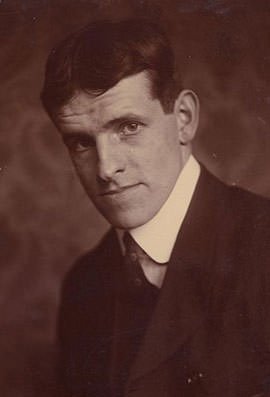
#2 HIS FIRST POEMS WERE PUBLISHED IN THE DUBLIN UNIVERSITY REVIEW
In 1867, the Yeats family moved to London. William was initially educated at home. In 1877, at the age of 11, he joined the Godolphin school, which he attended for four years. His family moved back to Dublin towards the end of 1880 and the following year William resumed his education at Dublin’s Erasmus Smith High School. Between 1884 and 1886, he attended the Metropolitan School of Art at Dublin’s Thomas Street. W B Yeats’s first publication, two brief lyrics, appeared in the Dublin University Review in 1885.
#3 YEATS AND ERNEST RHYS FOUNDED THE RHYMERS’ CLUB IN 1890
The Yeats family returned to London in 1887 and there William took up the life of a professional writer. In London, he met many other artists and writers, including George Bernard Shaw and Oscar Wilde. In 1890, W.B. Yeats co-founded the Rhymers’ Club along with Welsh-English writer Ernest Rhys. The group, later known as the “Tragic generation”, included many prominent London-based poets of the time who met to discuss and recite their poetry. Rhymers’ Club released two anthologies of poetry in 1892 and 1894.
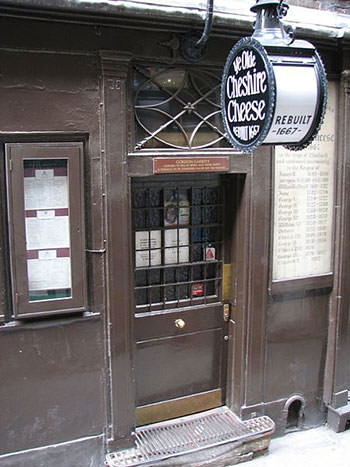
#4 THE MOST FAMOUS POETRY COLLECTION BY YEATS IS PROBABLY THE TOWER
The first collection of poems by W.B. Yeats, The Wanderings of Oisin and Other Poems, was published in 1889. The collection immediately won him a reputation as a significant poet. Yeats’s poetry continued to evolve as he aged with many of his strongest works coming in his later years. Perhaps his most famous and influential volume is The Tower. Published in 1928, it contains several of his most famous poems, including Sailing to Byzantium, Leda and the Swan, and Among School Children.
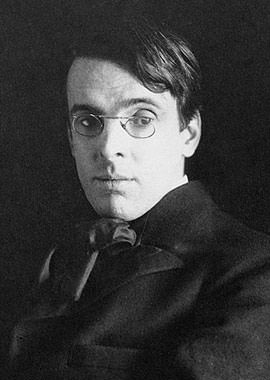
#5 YEATS WAS INSPIRED BY SLIGO, BLAKE, IRISH FOLKLORE AND SPIRITUALISM
When Yeats was a boy, he spent a lot of time with his grandparents in Sligo, a coastal seaport in Ireland. The scenery and folklore of Sligo served as an inspiration for many of his works. Yeats’s poetry was initially influenced by P.B. Shelley and later William Blake’s works also served as an inspiration for him. Yeats was a member of The Golden Dawn, an organization devoted to the occult, metaphysics, and paranormal activities; and The Ghost Club, a paranormal investigation and research organization. Yeats’s interest in legends, myths, spiritualism and the mysterious is reflected in his works.
#6 MAUD GONNE WAS HIS MUSE
In 1889, Yeats met Maud Gonne, an English-born Irish revolutionary, suffragette and actress. Yeats fell deeply in love with her but she turned down at least four marriage proposals from him between 1891 and 1901; and instead married Irish nationalist Major John MacBride in 1903. Many of Yeats’s poems are inspired by Maud Gonne or mention her. He also wrote the plays The Countess Cathleen and Cathleen ni Houlihan for her. Few poets have celebrated a woman’s beauty to the extent that Yeats did in his lyric verse about Gonne.
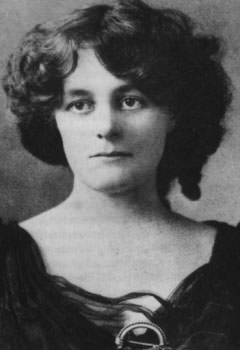
#7 W.B. YEATS CO-FOUNDED THE ABBEY THEATRE IN DUBLIN
Yeats was the leading figure of the Irish Literary Revival, a literary movement which revived interest in Ireland’s heritage and focused on the growth of Irish nationalism. Along with several writers of the movement, W.B. Yeats co-founded the Abbey Theatre in Dublin. The theatre, which remains famous as the National Theatre of Ireland, opened on 27 December 1904 and soon became the flagship for the young talent of the country. Yeats contributed to it as a playwright. Famous plays written by Yeats include The Land of Heart’s Desire (1894), Cathleen ni Houlihan (1902), The Countess Cathleen (1911) and The Resurrection (1927).
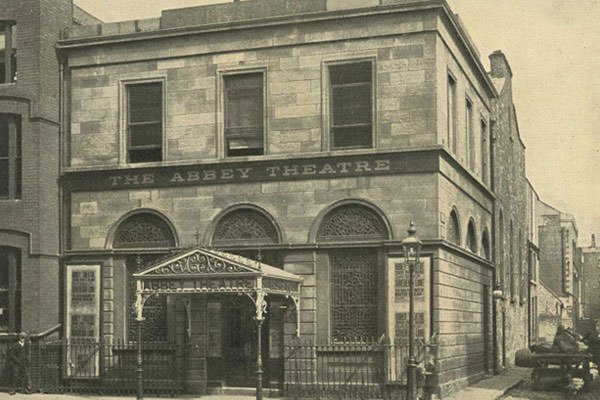
#8 W.B. YEATS MARRIED GEORGIE HYDE-LEES
Maud Gonne’s husband was executed by British forces for his role in the 1916 Easter Rising. Yeats’s final proposal to the widowed Gonne was again turned down. Iseult Gonne, Maud’s child from an earlier relationship with French journalist Lucien Millevoye, had proposed to Yeats when she was fifteen. In 1917 Yeats proposed to her but was rejected. In September that year, 52 year old Yeats proposed to 25 year old Georgie Hyde-Lees and they married on 20th October 1917 in a public registry office. Though Yeats had romantic relationships with other women later, their marriage is still considered to be successful. The couple had two children, Anne in 1919 and Michael in 1921.

#9 W.B. YEATS WAS THE FIRST PERSON FROM IRELAND TO GET A NOBEL PRIZE
Yeats was a dedicated Irish Nationalist. In 1922, on the foundation of the Irish Free State, he was appointed a member of the new Irish Senate. He was re-elected in 1925. He served as a senator for six years till he retired in 1928. In December 1923, W.B. Yeats was awarded the Nobel Prize in Literature. He was the first Irish Nobel Laureate. Yeats considered the honour, which he received soon after Ireland’s independence, as more a recognition of Irish literature than an individual prize.
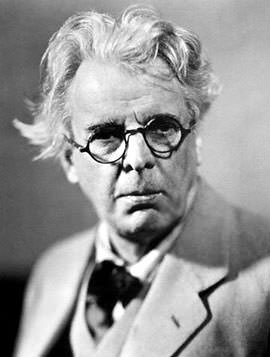
#10 W.B. YEATS IS THE MOST POPULAR POET EVER IN IRELAND
Despite age and ill health in later life, Yeats remained active romantically and creatively. In fact, he produced his greatest work after he turned 50. W.B. Yeats died at the Hôtel Idéal Séjour, in Menton, France, on 28 January 1939. He was 74 years old. He is considered among the most prominent figures of 20th-century literature. In a 1999 poll to find Ireland’s 100 favourite poems of all time, seven works by Yeats were placed in the top 10 with his poem The Lake Isle of Inisfree taking the top position.

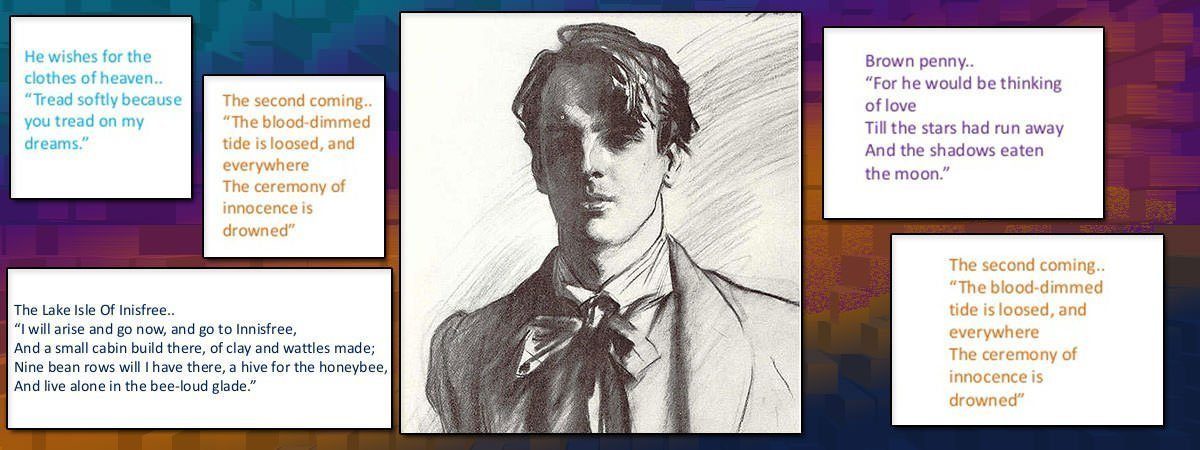
I can hear Daniel walking down the street. Tap, tap, tap, tap listen to his feet
but I did not understand everything
this is weird but useful for school when we need to research facts on him
“In fact there is no precedent in literary history of a poet who produced his greatest work between the ages of 50 and 75.”
John Milton started writing Paradise Lost at age 50, published it at 56, then published its sequel Paradise Regained alongside the tragedy Samson Agonistes at age 63. In short, he produced is greatest work between the ages of 50-75, so there is indeed literary precedent.
Thanks for pointing out the inaccuracy Greg. It has been corrected.